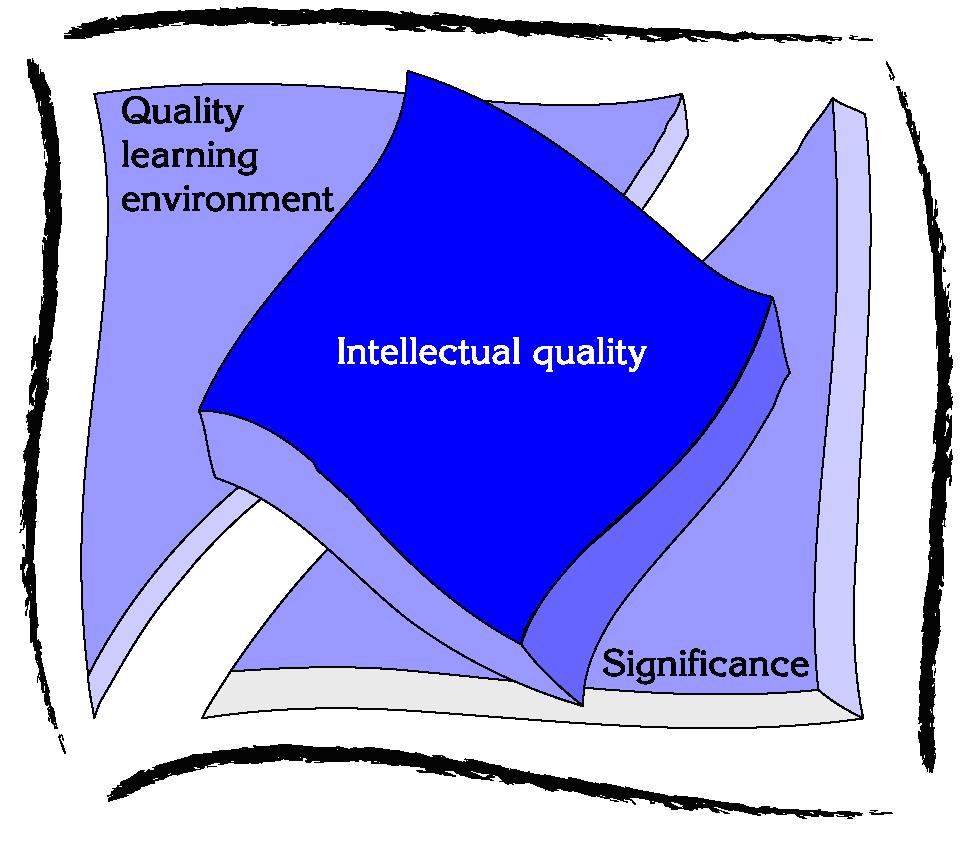Mathematics Education (Signadou)
Welcome to the Wireless Networked Classroom
References
Biggs, J., & Collis, K. (1982). Evaluating the quality of Learning: The SOLO taxonomy. New York: Academic Press.
Biggs, J., & Collis, K. (1991). Multimodal learning and the quality of intelligent behaviour. In H. H. Rowe (Ed.), Intelligence: Reconceptualization and Measurement. (pp. 57-76). Hillsdale, N. J. and Hawthorn, VIC.: Lawrence Erlbaum Associates and ACER.
Collis, K., & Biggs, J. (1991). Developmental determinants of qualitative aspects of school learning. In G. Evans (Ed.), Learning and teaching cognitive skills (pp. 185-207). Hawthorn, VIC.: ACER.
D.E.T., N. S. W. (2003a). Quality teaching in NSW public schools. Sydney: Professional Support and Curriculum Directorate.
D.E.T., N. S. W. (2003b). Quality teaching in NSW public schools: Discussion Paper, from http://www.curriculumsupport.nsw.edu.au/qualityteaching/docs/Starting_the_discussion.pdf
Draper, S. W., Cargill, J., & Cutts, Q. (2002). Electronically enhanced classroom interaction. Australian Journal of Educational Technology, 18(1), 13-23.
Elliott, C. (2002). Using a personal response system in Economics teaching. Retrieved May 11, 2004, from http://www.economics.ltsn.ac.uk/iree/i1/elliott.htm
EQ. (2001). Productive Pedagogies, from http://www.education,qld.gov.au/tal/pedagogy.html
Ganger, A. C., & Jackson, M. (2003). Wireless handheld computers in the preclinical undergraduate curriculum. Retrieved May 12, 2004, from http://www.med-ed-online.org/t0000031.htm
Newmann, F. A. (1996). Authentic achievement: Restructuring schools for intellectual quality. San Francisco: Jossey-Bass.
Poulis, J., Massen, C., Robens, E., & Gilbert, M. (1998). Physics learning with audience paced feedback. American Journal of Physics, 66, 439-441.
Texas Instruments. (2003). Research relating to TI-Navigator: SRI International.

Room 206 Phone 02 62091142



 Stephen Mark
ARNOLD
Stephen Mark
ARNOLD